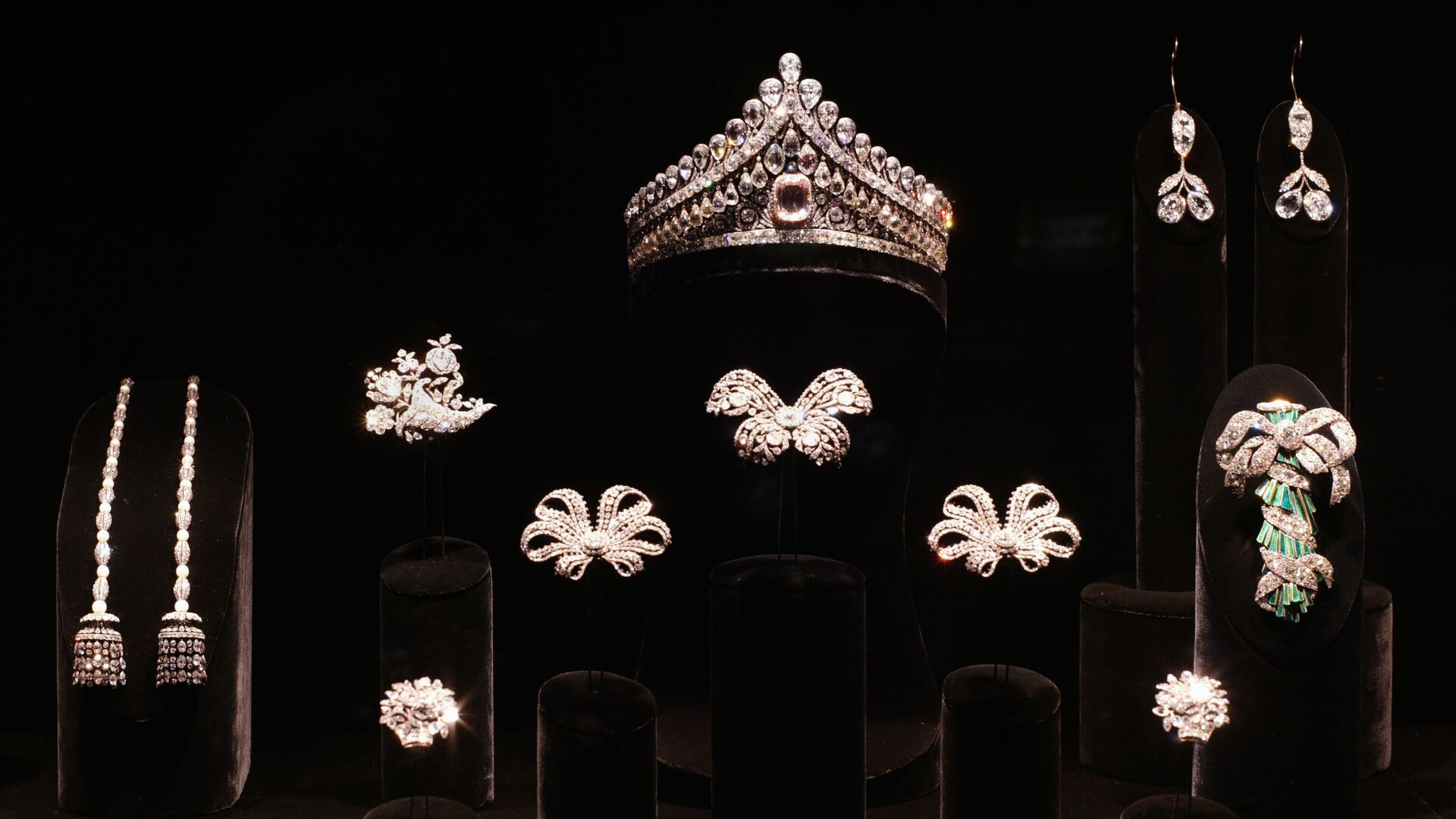
MOSCOW, December 22, Anastasia Silkina. The history of the state fund of valuables — the modern Gokhran of Russia — dates back to December 22 (December 11, old style) 1719, when Peter the Great issued a decree on the founding of the Tsar's Renteria. Unique nuggets, precious stones, and jewelry from Gokhran can be seen at any time in the “Diamond Fund” exhibition. About the unique collection — in the material .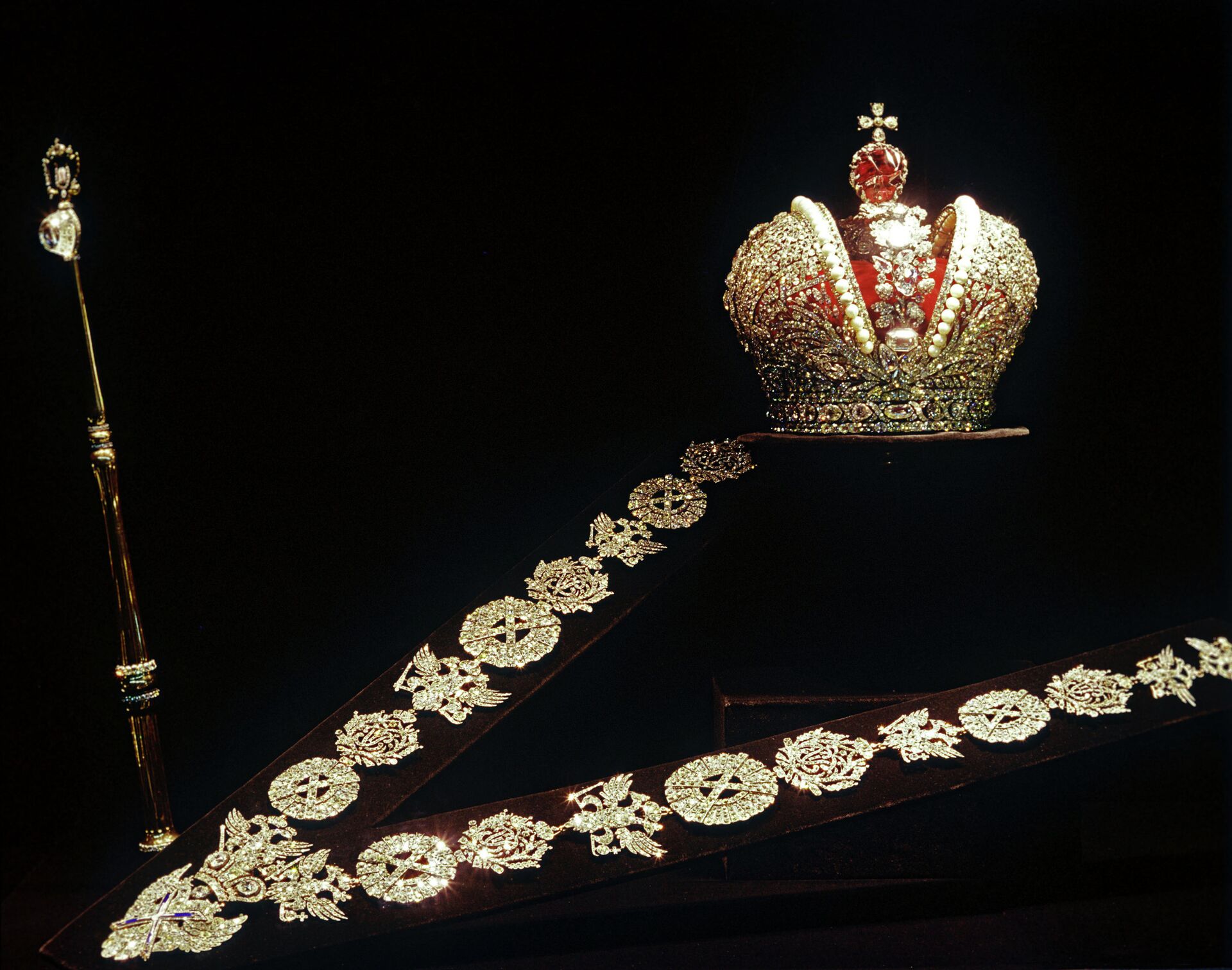
Behind Three Locks
In the Royal Renterium (that is, the treasury), the jewelry was literally behind three locks. Three close associates of Peter the Great each had a key to one of them.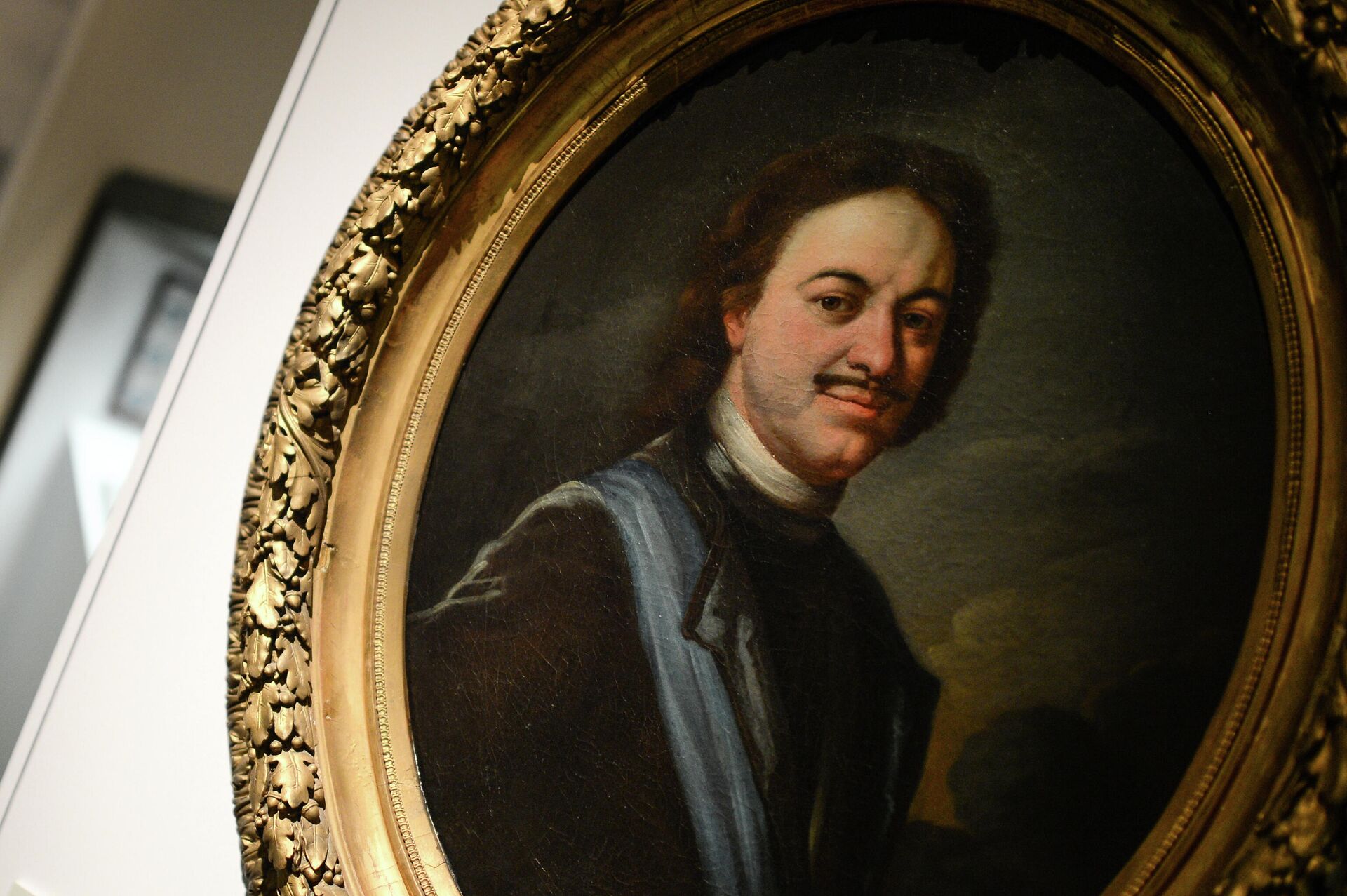
In the 18th century, the imperial treasury was actively replenished with jewelry made of gold and silver, which acquired special significance in the era of women on the throne. For the Almaznaya, or, as it was called at that time, Brilliantovaya, unique precious stones were purchased, order badges and jewelry were ordered.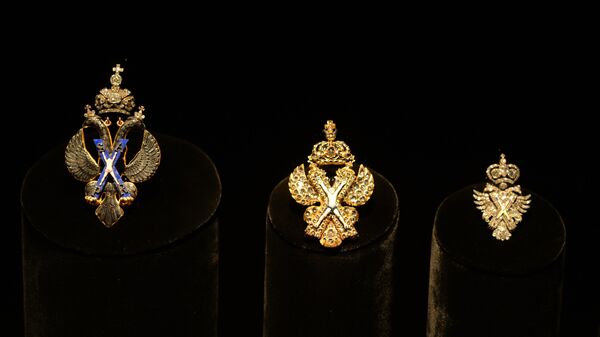
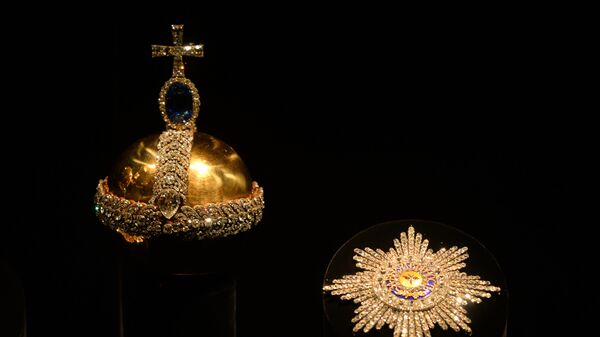
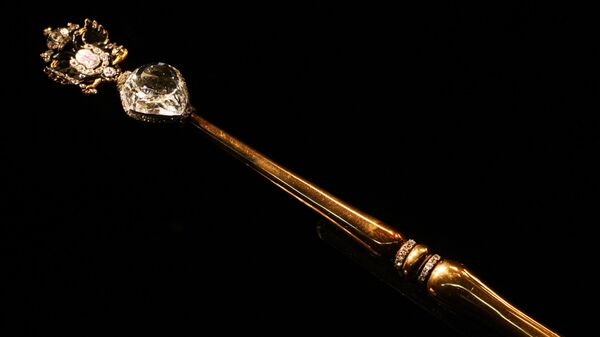
< br />
In the 19th century, stones appeared in the collection that reflect the processes of economic and cultural development of the country, the transformation of Russia into a powerful power.
The modern Gokhran of Russia was created in 1920 as the State Repository of Narkomfin values. The decree of the Council of People's Commissars obliged Soviet institutions and officials to hand over all valuables made of gold, platinum, colored precious stones and pearls in their custody, management, alteration or registration. They were carefully studied by experts from the Hermitage, the Historical Museum, the Academy of Sciences, the Armory Chamber, the Ministry of Foreign Affairs and the Gokhran Narkomfin.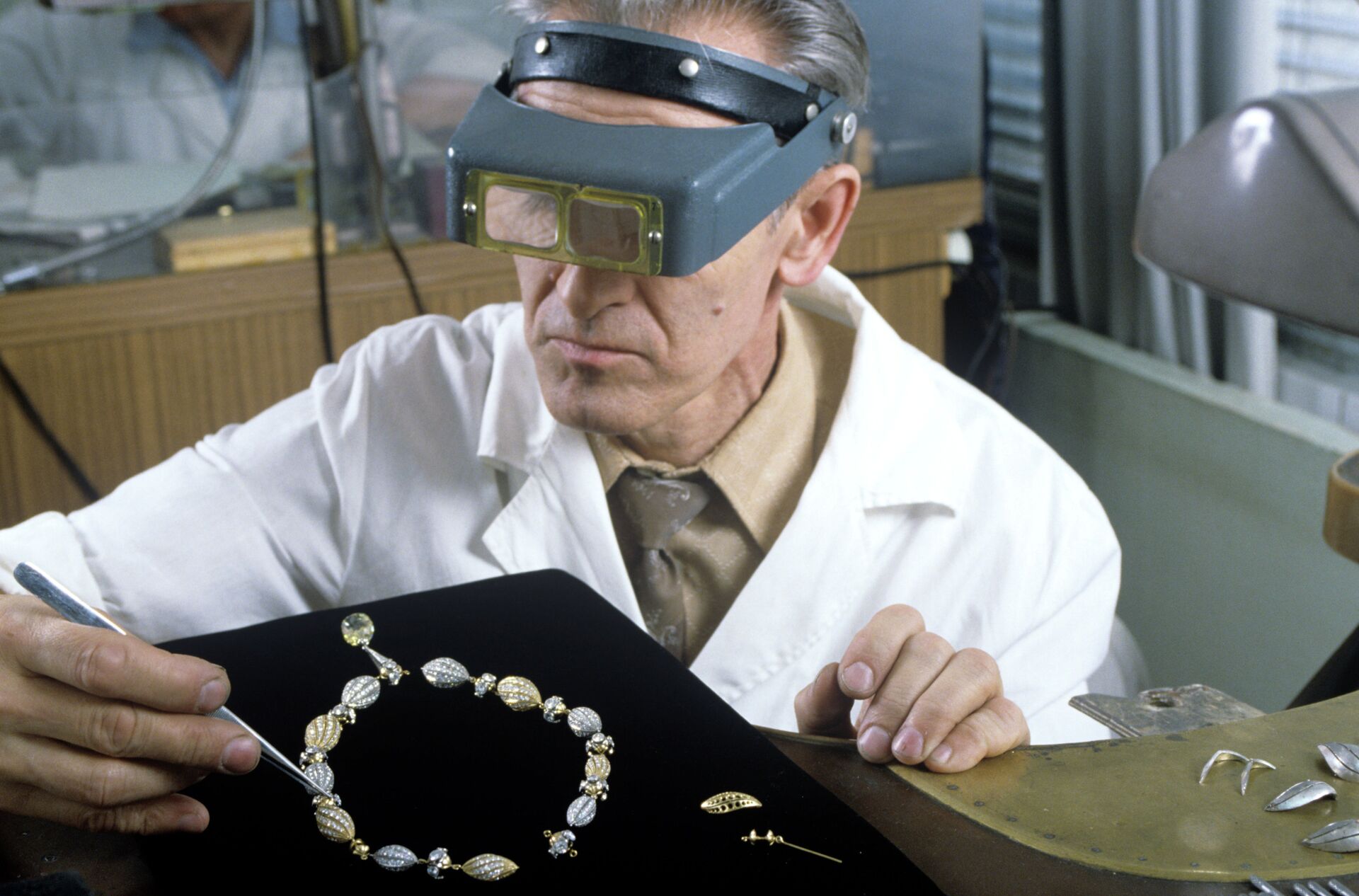
The collection was preserved both during the Civil War and the Great Patriotic War. In 1941, the Diamond Fund and other valuables of the State Fund, including the entire gold reserve of the USSR, were taken out of the capital. They returned after two years. It’s amazing that at that difficult time Gokhran also managed to replenish the State Fund.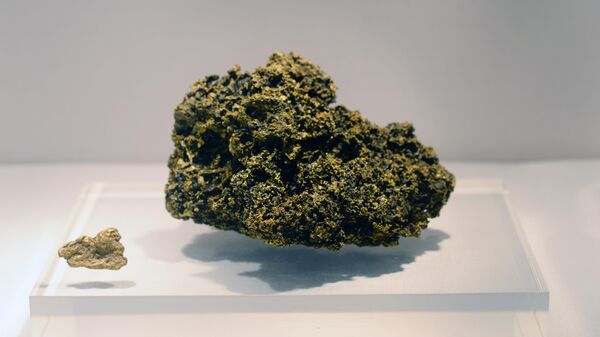
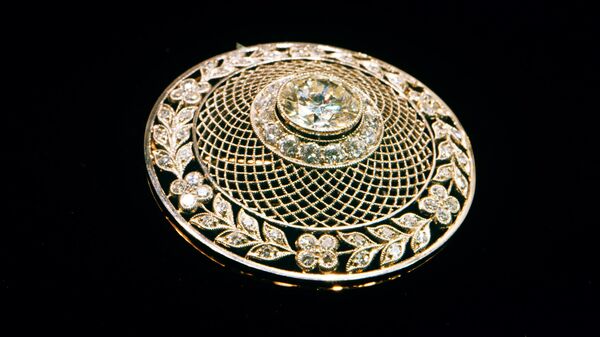
< br />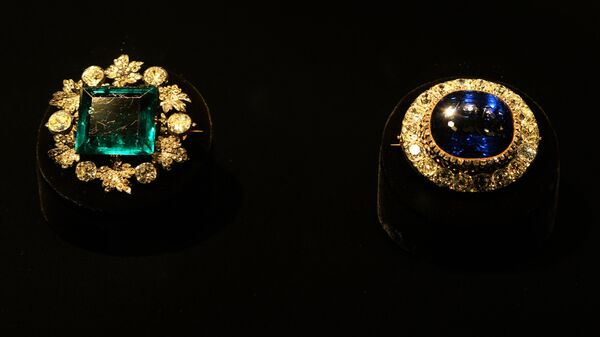
In the 1950s, diamonds from the deposits of Yakutia began to enter the treasury. Gokhran was entrusted with the sorting and primary processing of precious stones, conducted experiments on their rational use, and developed cost-saving cutting methods.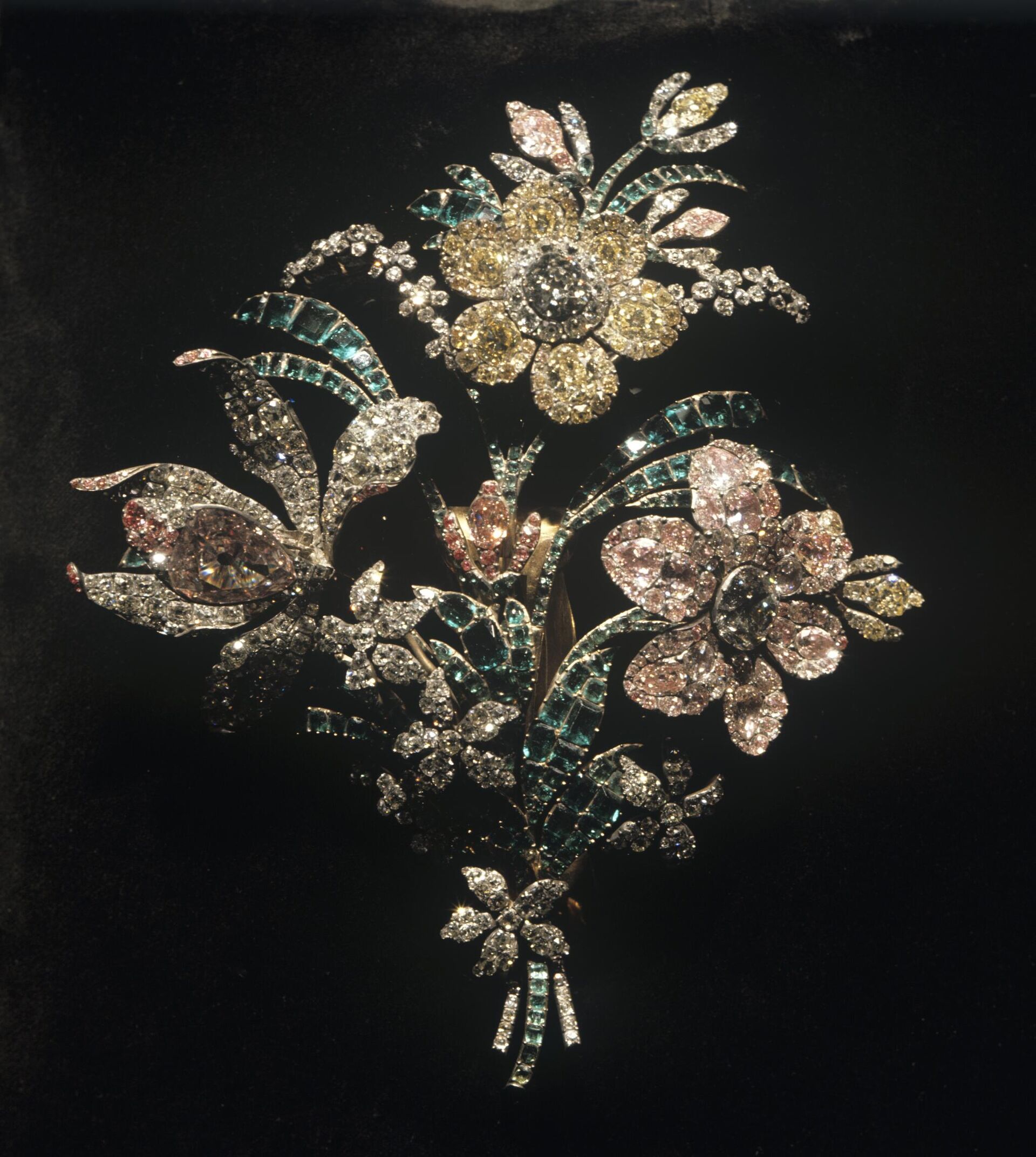
In November 1967, the Diamond Fund exhibition opened in the building of the Armory Chamber of the Moscow Kremlin. It was assumed that in a year the unique exhibits would return to Gokhran. But the government made the exhibition permanent.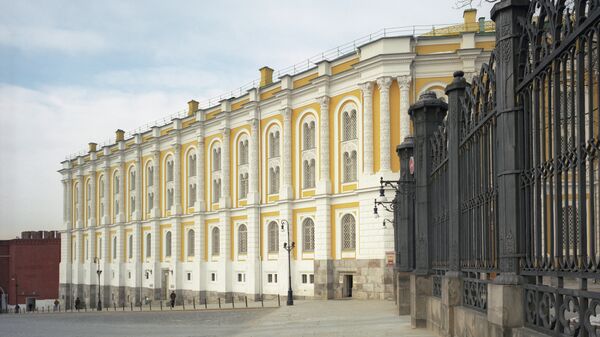
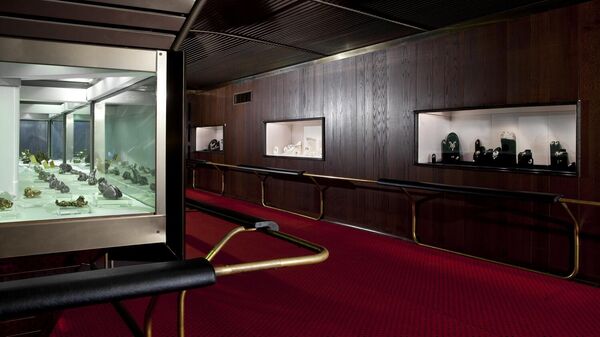
< br />
Personal imperial favor
The collection includes masterpieces of jewelry art of the 18th-20th centuries, rare precious stones, medal badges, nuggets of precious metals of enormous historical, artistic, scientific and material value.
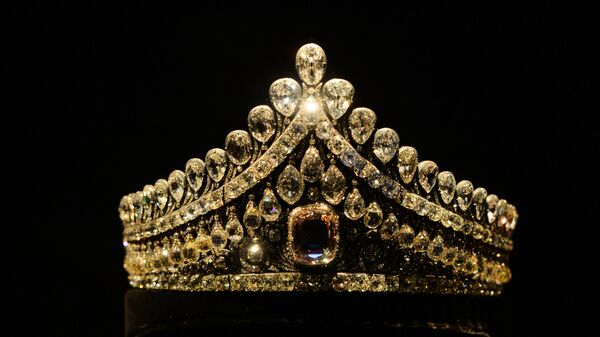
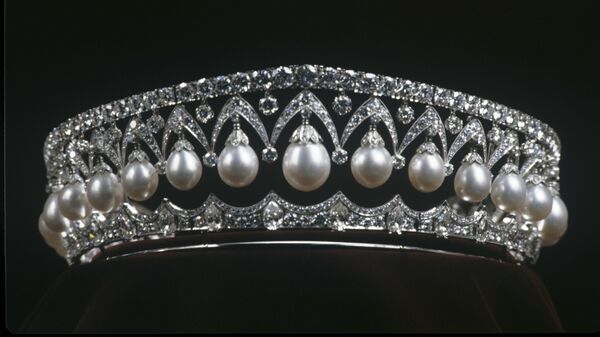
One of the oldest exhibits is a breast order in the form of an oval medallion with a portrait of Peter I under the imperial crown in frame decorated with precious stones.
«
"Such portraits were called "personas" and were equated with orders,” said Gokhran. — They appeared under Peter I, they were received from the hands of the emperor for military exploits and special services to the state. This award spoke of the personal favor of the sovereign; few received such an honor.”
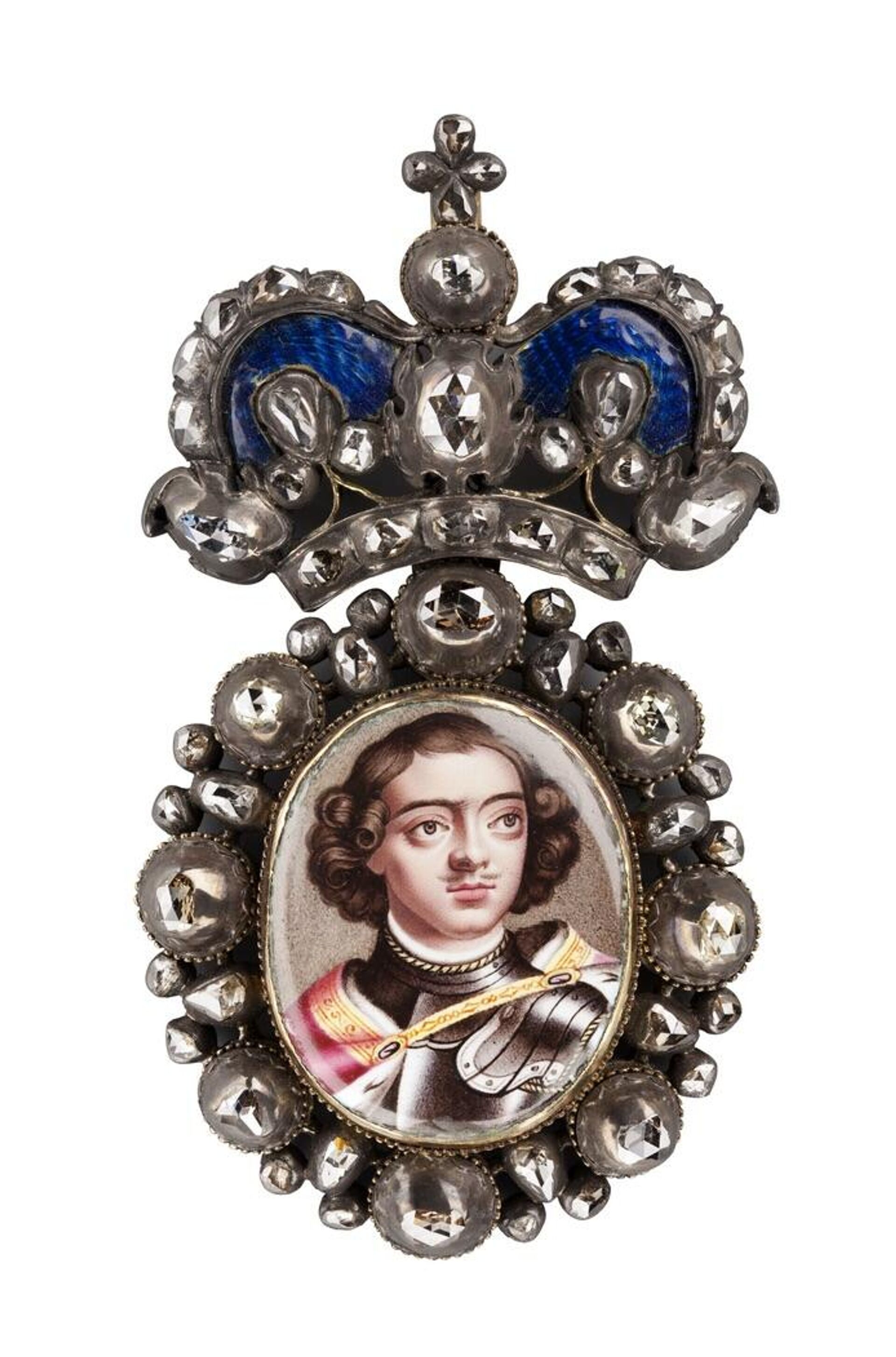
The collection continues to grow. In 2017, when the exhibition celebrated its 50th anniversary, the Order of St. Catherine, made by the jeweler Karl Hahn, was added.
“
"It was with this order that Emperor Nicholas II awarded Helena I of Serbia, the wife of Prince John Romanov, for organizing during the First World War, a sanitary train,” Gokhran clarified.
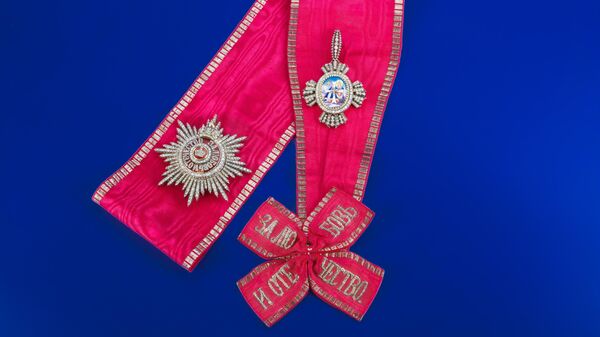
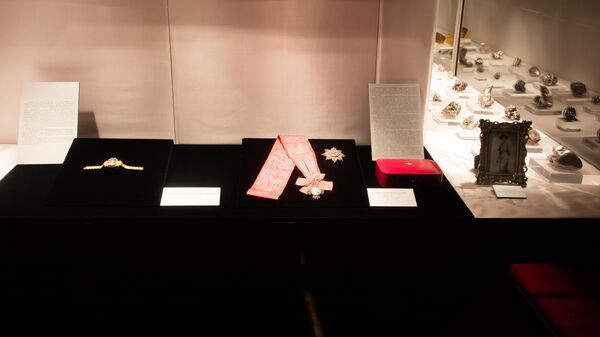
< br />
The Alrosa company donated the Ivan Turgenev diamond of rare purity weighing 102.75 carats.
The exhibits are not leave the Kremlin territory without a special decree of the President of Russia.
We thank the team of the Gokhran of Russia for their assistance in preparing the material.



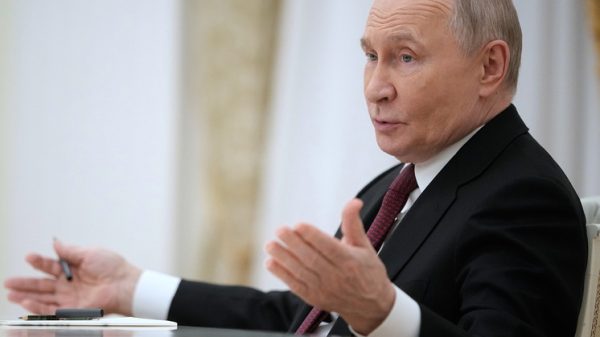
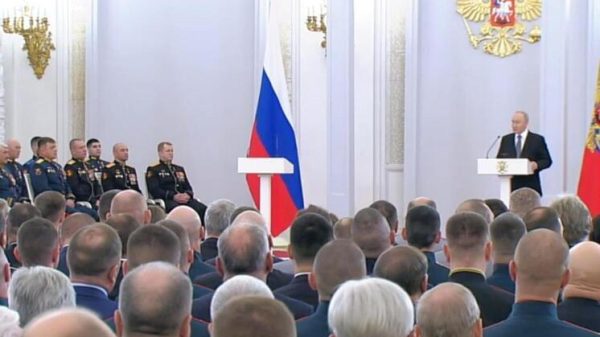
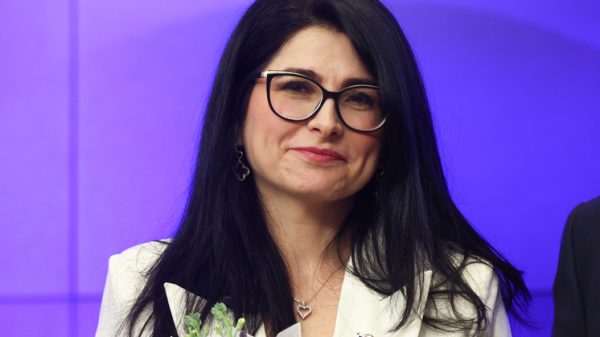





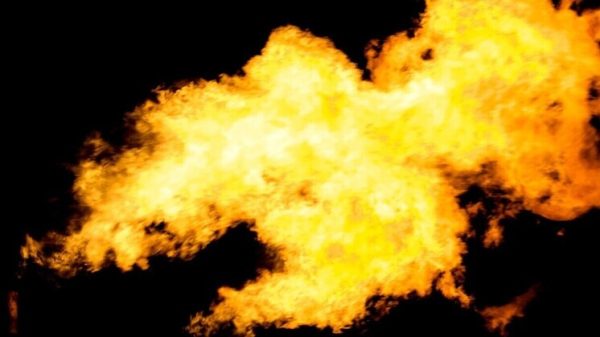
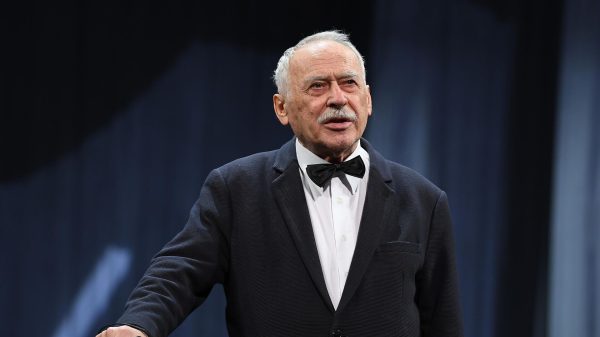
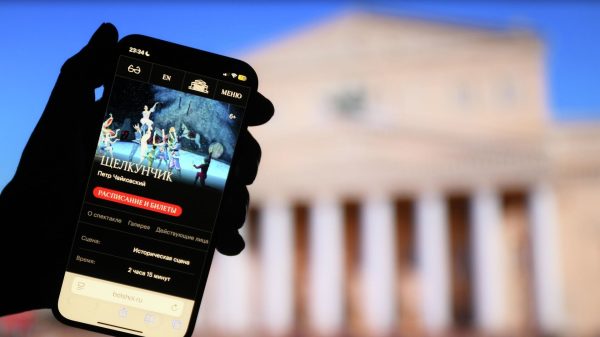
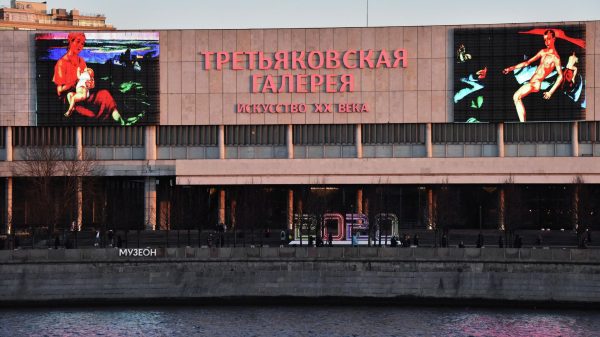
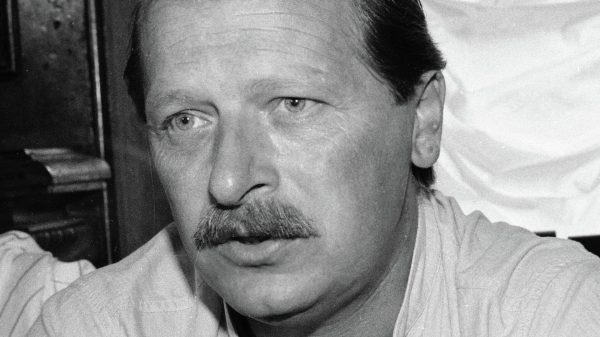
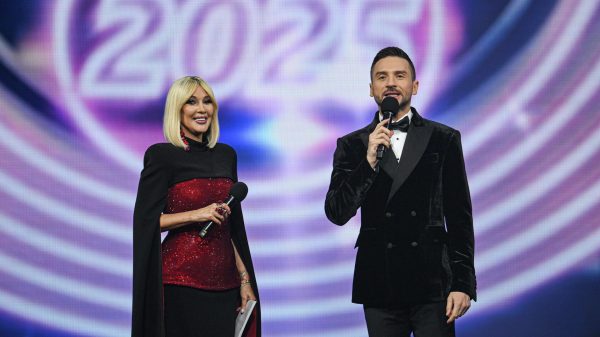



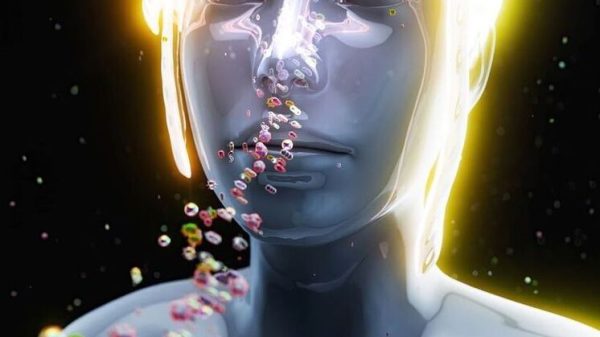
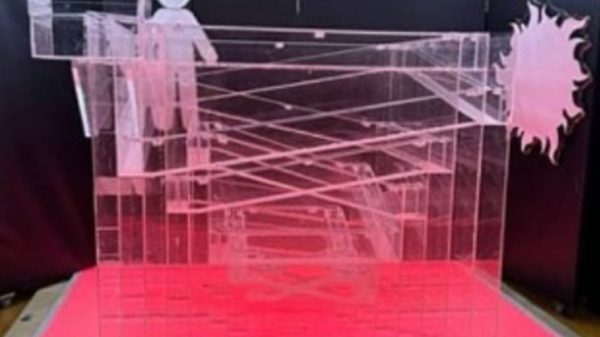







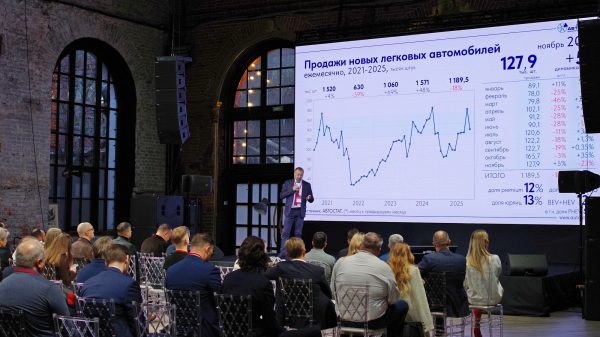























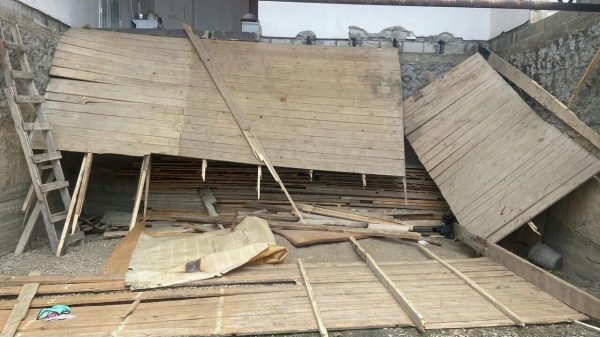
Свежие комментарии